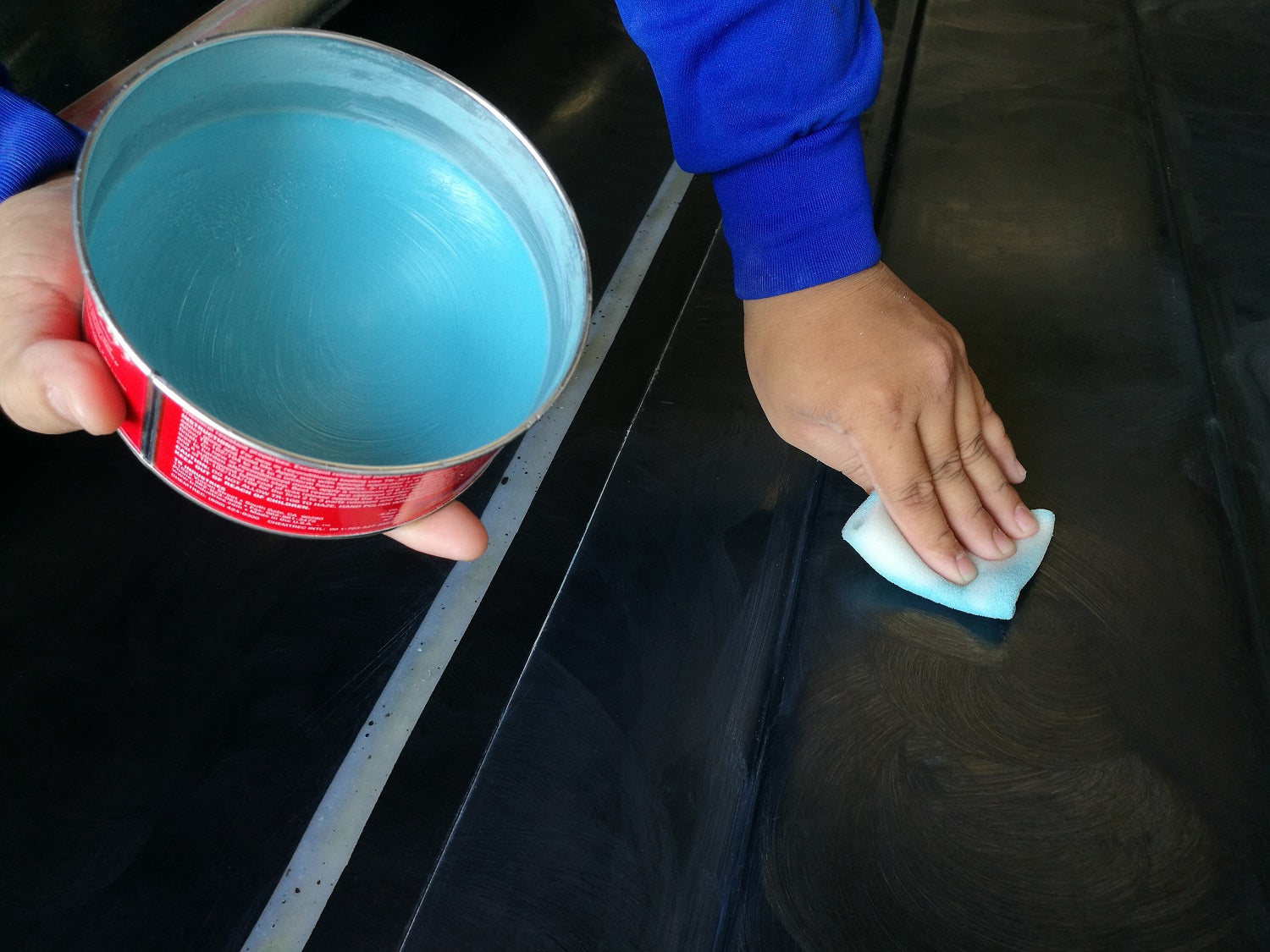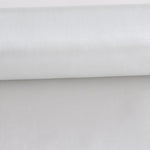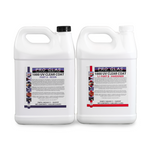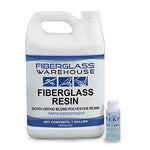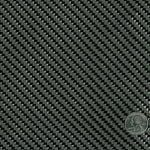You have no items in your shopping cart.
Maximizing your Mold: Exploring Popular Release Agents for Fiberglass Molds
Composite craftsmen and makers in the DIY and hobbyist communities often share a common focal point – the mastery of fiberglass molding. But no matter how intricate your design or how meticulous your technique, the success of your project often hinges on a less glamorous component: the mold release agent. In this guide, we'll dive into the crucial functionality of mold releases and spotlight the two most popular releases and their application process.
The Mold Release Crucial to your Fiberglass Project
Before we get into the nitty-gritty of specific mold release agents, though, it's crucial to comprehend why they're a necessity in the first place. Resin is a polymer that is usually used with fiberglass or carbon fiber. It creates a strong bond with fiberglass and the surface it is being applied to. Without proper mold release, fiberglass pieces can become difficult, if not impossible, to separate from the mold, leaving behind unsightly damage on the workpiece or, worse, breaking under the stress of separation.
Mold release is the unsung hero of a smooth and successful fiberglass project. A good release agent not only facilitates the separation of the mold from the fiberglass part but it extends the life of the mold. It enhances the appearance of the part by reducing imperfections and also ensures that the mold is not damaged during the demolding process. While mold release does take extra time, it is definitely worth it.
Paste Wax Mold Release
The Old-School Release Remedy
Mold release paste wax has been a go-to for many craftsmen working with fiberglass for decades. It's a simple compound comprising natural or synthetic waxes, combined with solvents to make it spreadable. We carry three different paste waxes that are highly effective- Partall #2, Orca Shimmer and TR104.
Wax On, Mold Off
Using a cloth, apply the paste wax evenly over the entire mold surface, allowing the solvent to evaporate and the wax to dry to a haze. Apply as if you are waxing a car. Let it dry between layers but not too long as this will make it more difficult to wax off. You will want to do several layers. The newer the mold, the more layers you will want to use. This could be up to 10 or 11 coats. Buff each coat to a high luster either by hand or with a power buffer. Remove any excess wax with a clean cloth. If applied correctly, your part will pop out of the mold effortlessly.
If you have a newer mold, you will want to not only use the Partall Paste #2 paste wax but use PVA as well. Once the paste wax has been applied and buffed, add PVA in several layers.
(If you use Orca Shimmer, it is a semi-permanent carnauba-based paste wax that is meant to be used alone. It should not be used with PVA as the PVA will bead up on it.)
PVA Liquid Mold Release
What's PVA, And Why Is It Popular?
PVA, or Polyvinyl Alcohol, is a synthetic polymer that, when formulated for mold release, becomes a liquid solution that can be applied across the mold surface uniformly. It is a water-based substance that dries to form a thin, peelable barrier between the mold and the casting, making it an excellent choice for molds with intricate details or undercuts. It is often used in conjunction with a Partall #2 paste wax. Several layers of Partall #2 paste wax are followed by several layers of PVA. This can be time consuming but very worth the time spent to create a perfect part.
Applying PVA Effectively
Apply PVA using spray equipment including a spray bottle or with a brush, ensuring complete coverage without puddling or drips. Multiple coats—optimally, three to five for new molds—are usually recommended, with each coat perpendicular to the preceding one, to ensure thorough protection. The first coat should be thin followed by two to four thicker coats. Allow each coat to dry completely before applying the next to prevent any uncured resin from seeping beneath the PVA layer. It takes approximately 15-30 minutes for a layer to dry depending on temperature and humidity. The dry PVA film should be 2-4 mils thick for newer molds. It will be smooth and glossy when done. If there are any imperfections, wash away the PVA and reapply. You do not want any imperfections transferring to the new part.
Removing the PVA Barrier
Once your fiberglass piece has cured and it's time to release the mold, you'll be pleased with just how easily the film of PVA, now like a second skin, washes off with water. It washes off without a residue and leaves a tack free, durable surface.
Maintain Your Molds
The application of a mold release should never be an afterthought. It's as integral as any other step in the fiberglass molding process and directly affects the ease and quality of demolding. More seasoned molds will not need as much mold release as a newer mold. How do you know if your mold is well seasoned? You could try a scotch tape test. If the scotch tape sticks well to the mold, it is not well seasoned. If it does not stick well, your mold is probably considered well-seasoned. A well-seasoned mold has typically made 10 parts or more.
After releasing your mold, you'll want to clean the casting or the mold itself to prepare for the next use. This is important to prolong the life of your mold. The cleaning process will vary depending on which mold release is used. A paste wax will need a cleaning solvent whereas a PVA will wash off with water. You will also want to make sure your part is free of any release agent before secondary processes such as coating or painting.
Safety First
Always work in a well-ventilated area and wear the appropriate personal protective equipment, including gloves, goggles, and a respirator if necessary. Read the safety data sheet and observe all safety precautions when working with resins and applying mold release agents.
Tips and Tricks for Efficient Use
Minimize Mess and Maximize Results
To avoid a sticky situation, here are some golden rules to follow:
- Always clean and dry your mold surfaces thoroughly before applying any release agent.
- Avoid cross-contamination; use separate applicators for each type of mold release. For example, brushes and cloths used for paste wax should not be used for PVA.
- Store your mold release agents according to their safety datasheets to prolong their shelf life and efficacy.
Final Insights on Fiberglass and Mold Release
By understanding when and how to use mold release paste wax and PVA, you're well on your way to a stress-free fiberglass crafting experience with professional results. Take the time to assess your project's needs and apply the appropriate agent; your future self will thank you when your mold releases are smooth and your projects shines.
**Other Mold Release Options-
Beyond the popular Partall paste wax, Orca Shimmer and PVA, the market offers a diverse spectrum of mold release options catering to various needs and applications, especially in the realms of fiberglass, resin, and rubber work. For aficionados of durability without the need for PVA, semi-permanent paste waxes stand as a formidable choice, providing an abrasion-resistant film that withstands the rigors of demolding.
For those prioritizing efficiency, semi-permanent liquids like Orca Slip offer swift cure times, enabling faster turnover and negating the need for a sealing layer. With their superb ease of use, they are well-suited for tasks where difficult releases are encountered.
High-temperature scenarios call for robust solutions like TR104, a high-temp carnauba paste wax admired for its resistance to heat and chemicals. It not only offers excellent protection but polishes to a high gloss without leaving streaks, ensuring an impeccable finish.
Furthermore, non-silicone release agents emerge as an excellent match for polyurethanes, epoxies, polyester resins, and silicone rubbers, while silicone release agents extend the life of silicone molds. They are particularly effective in rejuvenating molds and facilitating the casting of urethane, epoxy, and polyester parts.
Lastly, aerosols provide a convenient and quick alternative, especially when working with rubber molds. Their ease of application ensures a uniform coating, crucial for achieving the desired release effect.
Each mold release option serves a unique purpose, allowing artisans and manufacturers to find the perfect match for their process and materials, ensuring smooth releases and optimal end-product quality.



